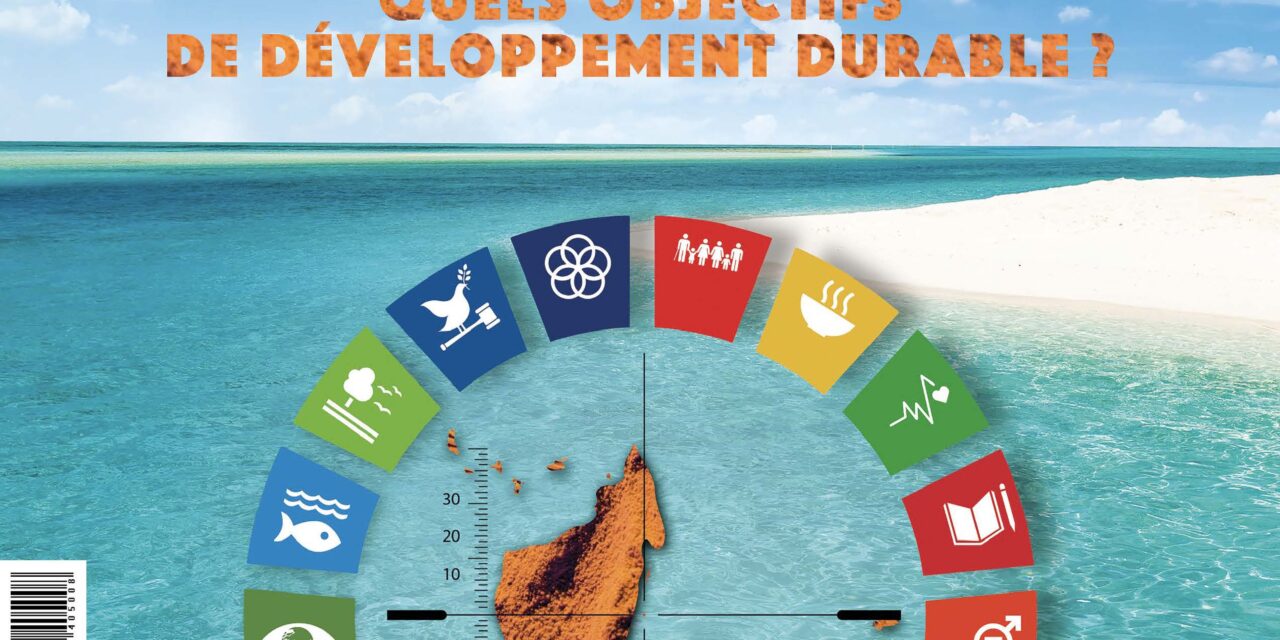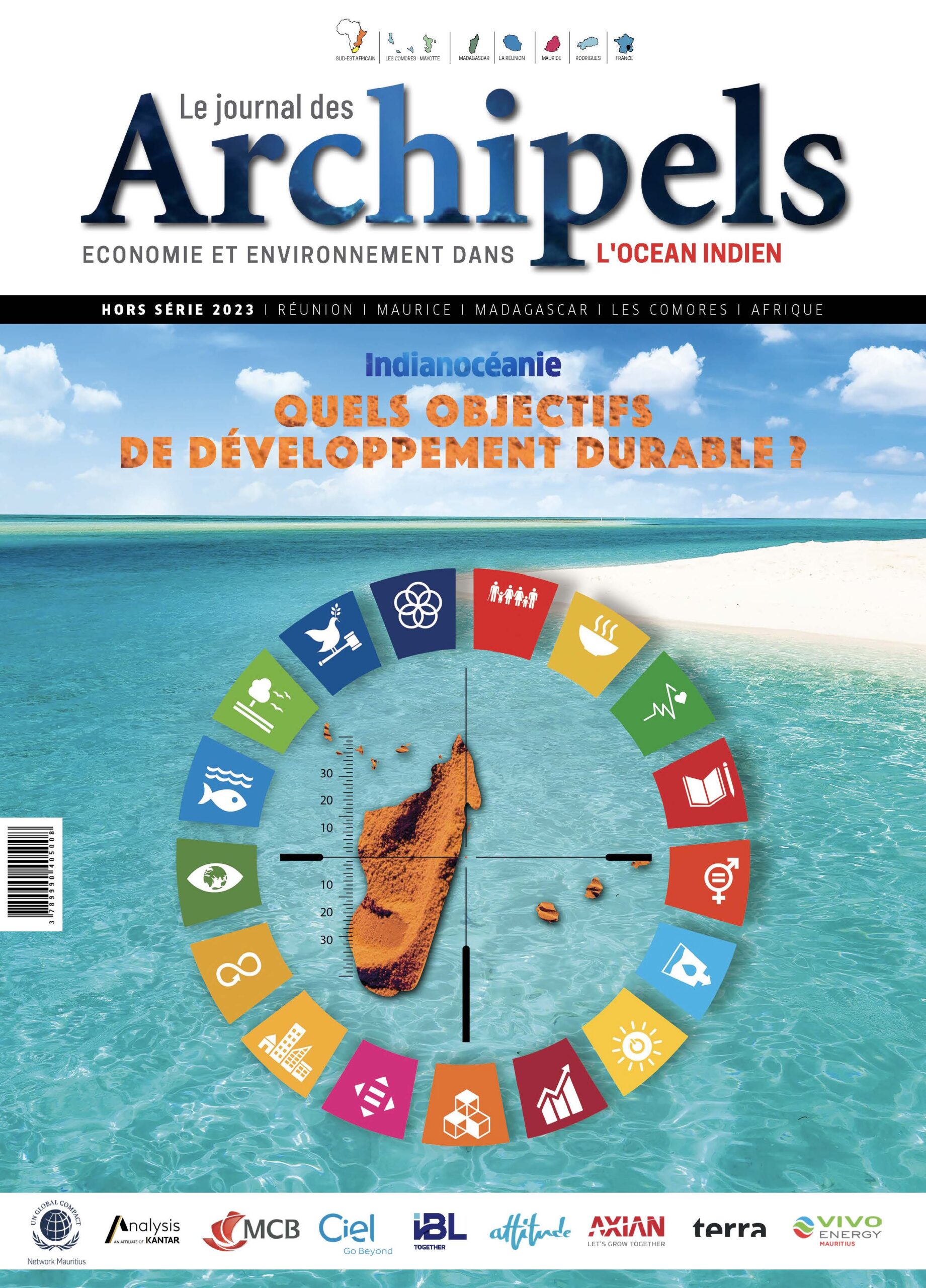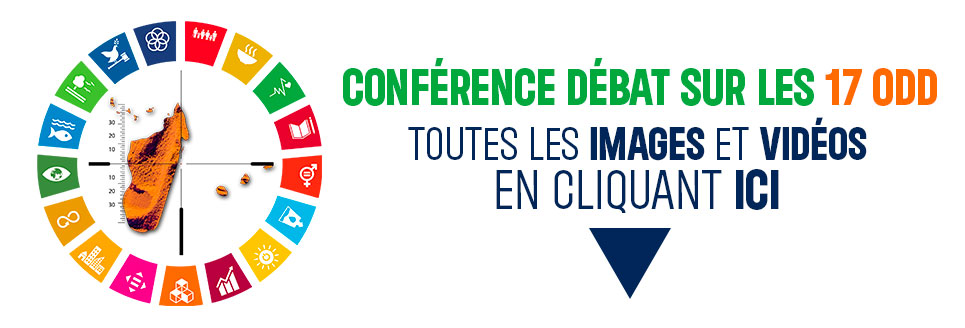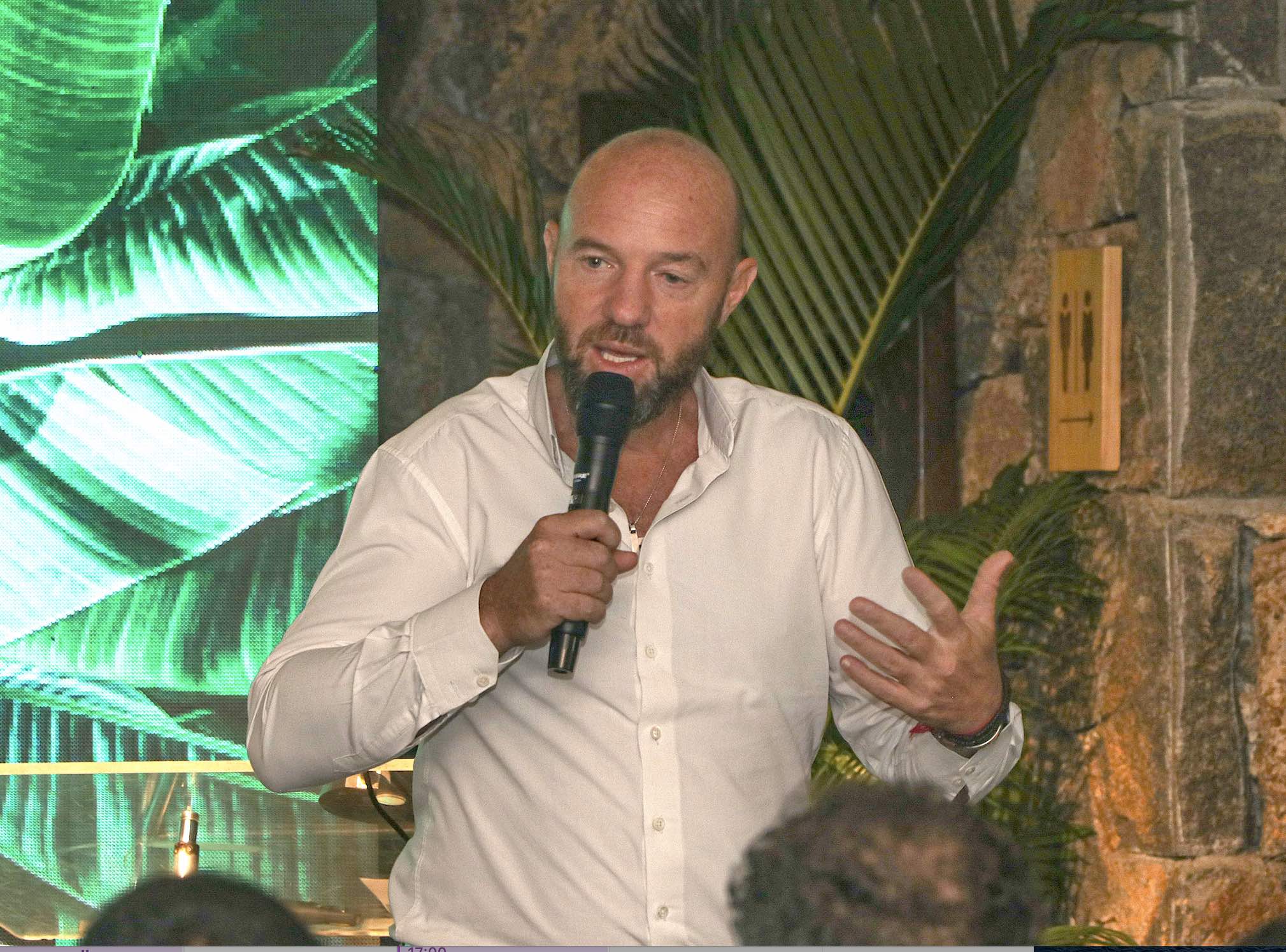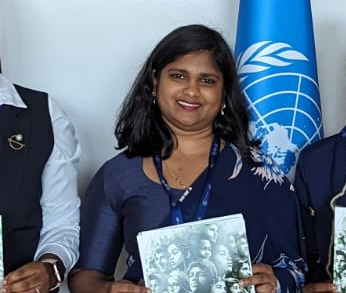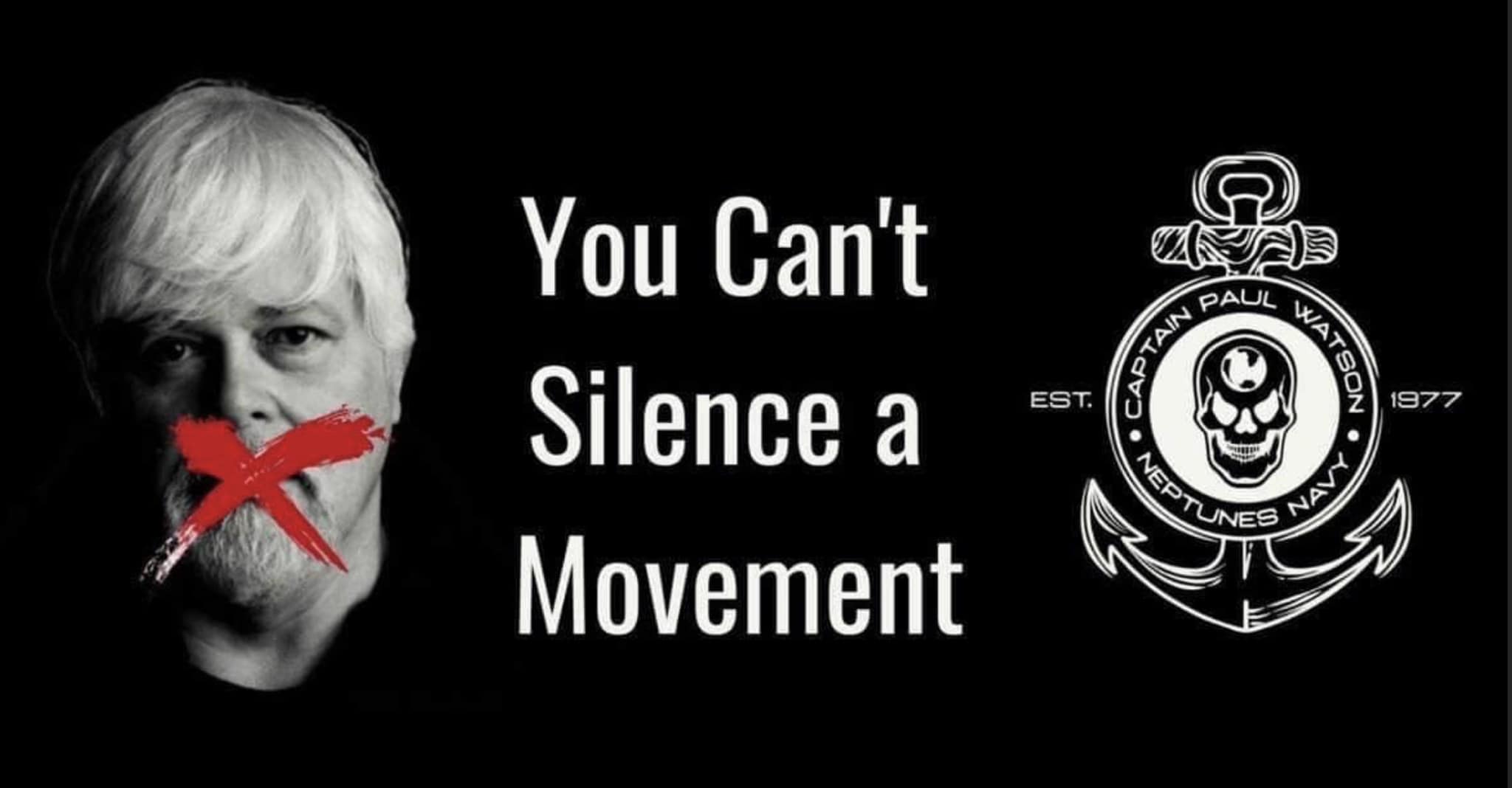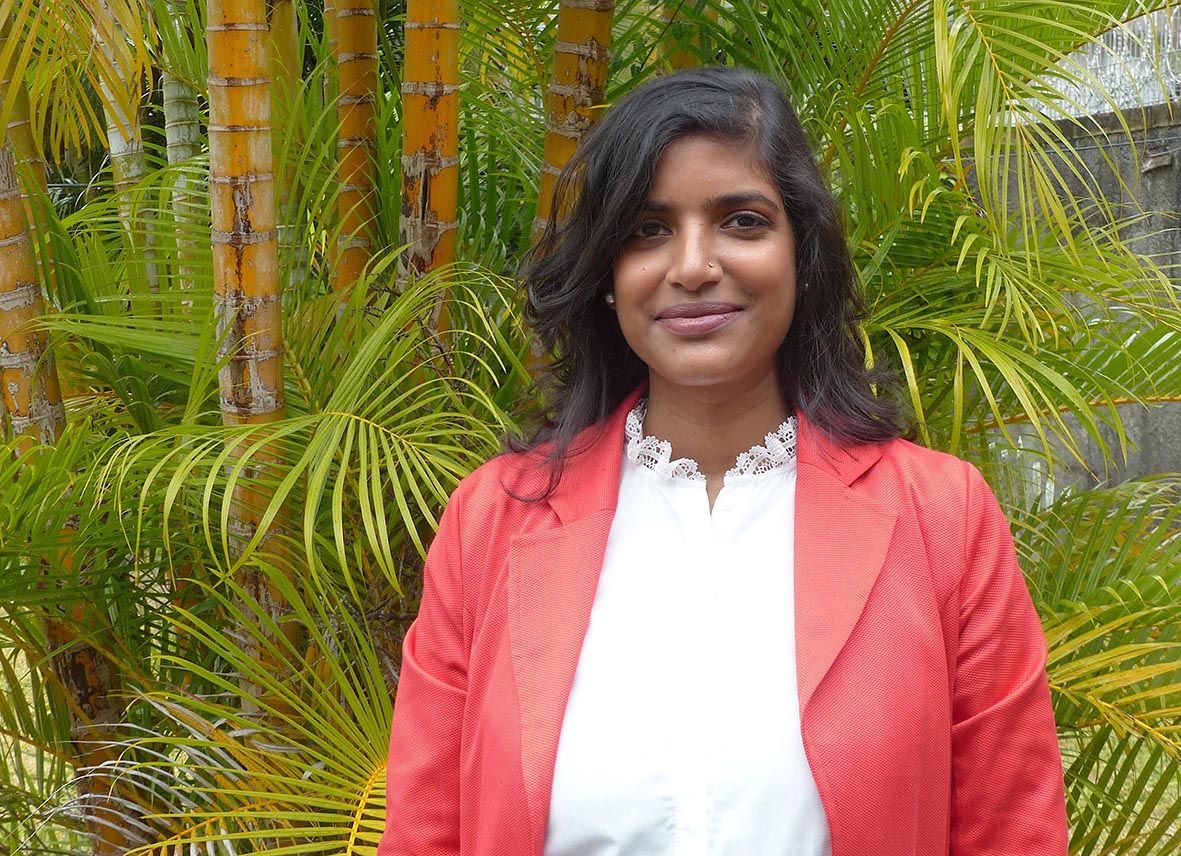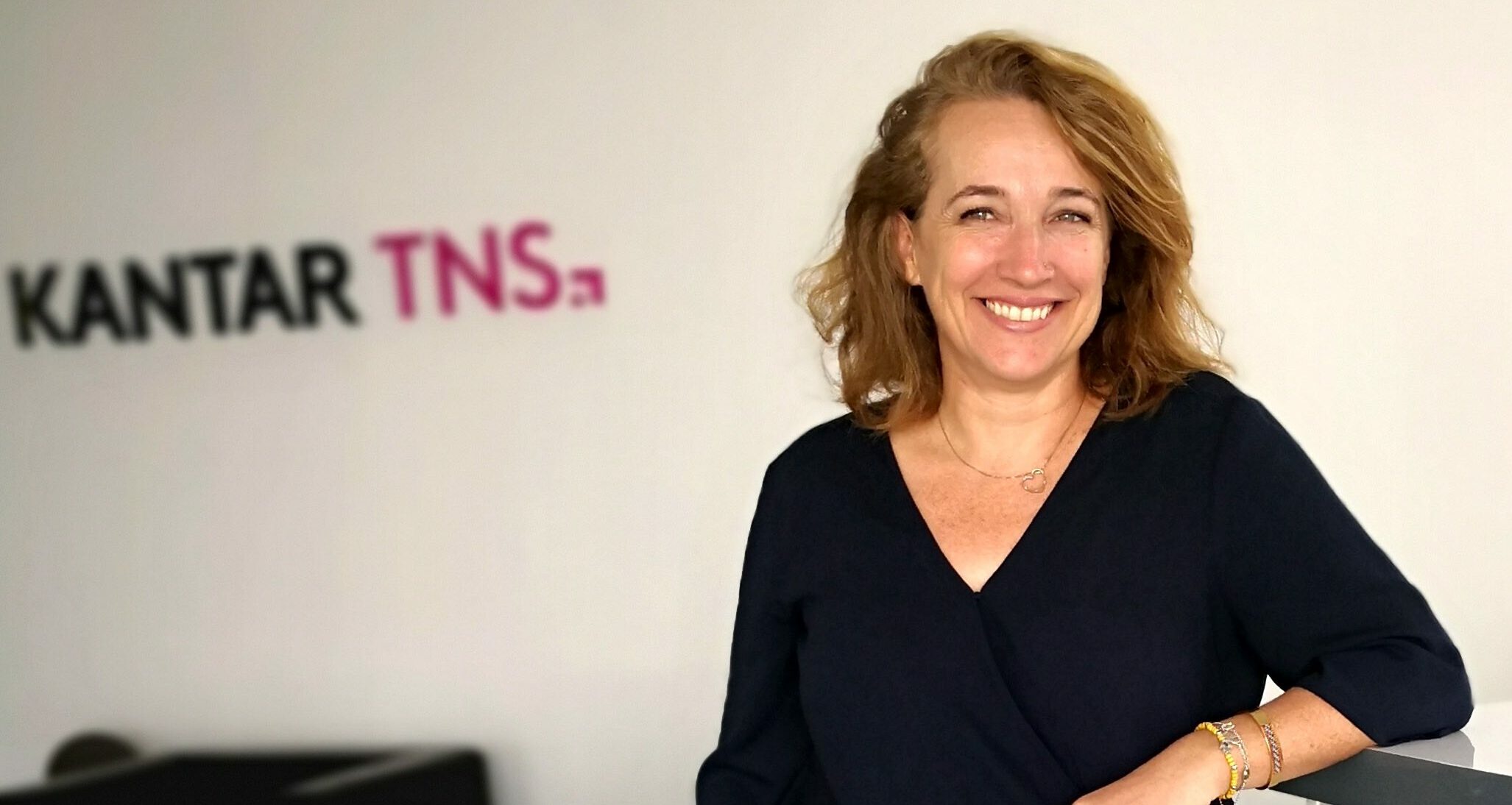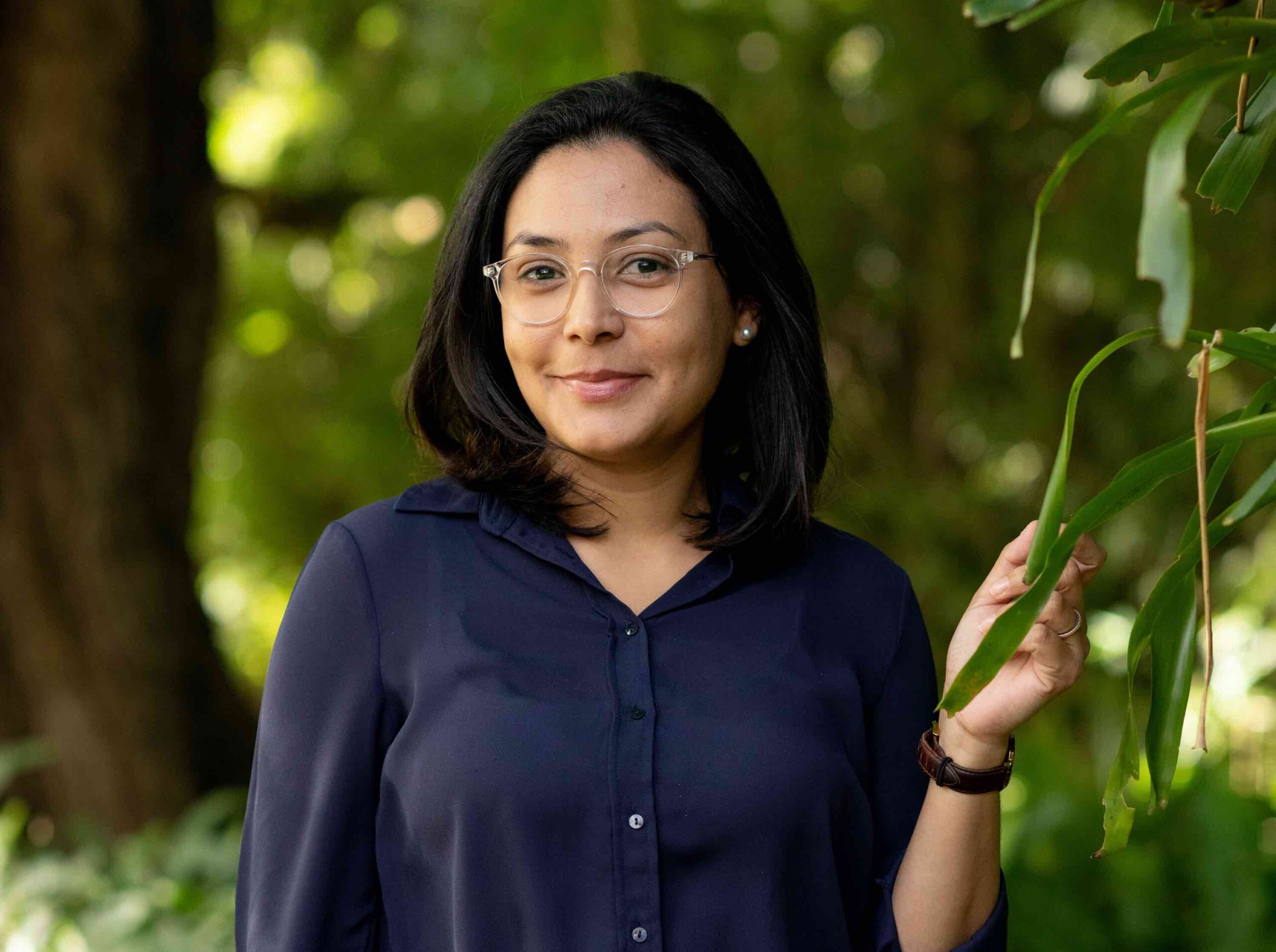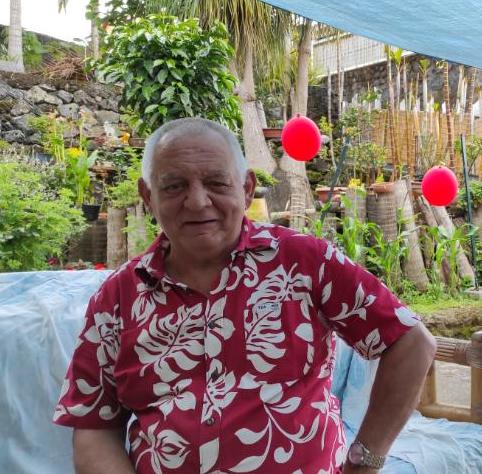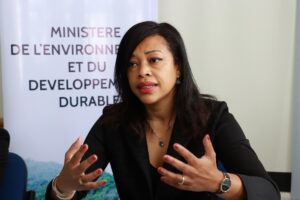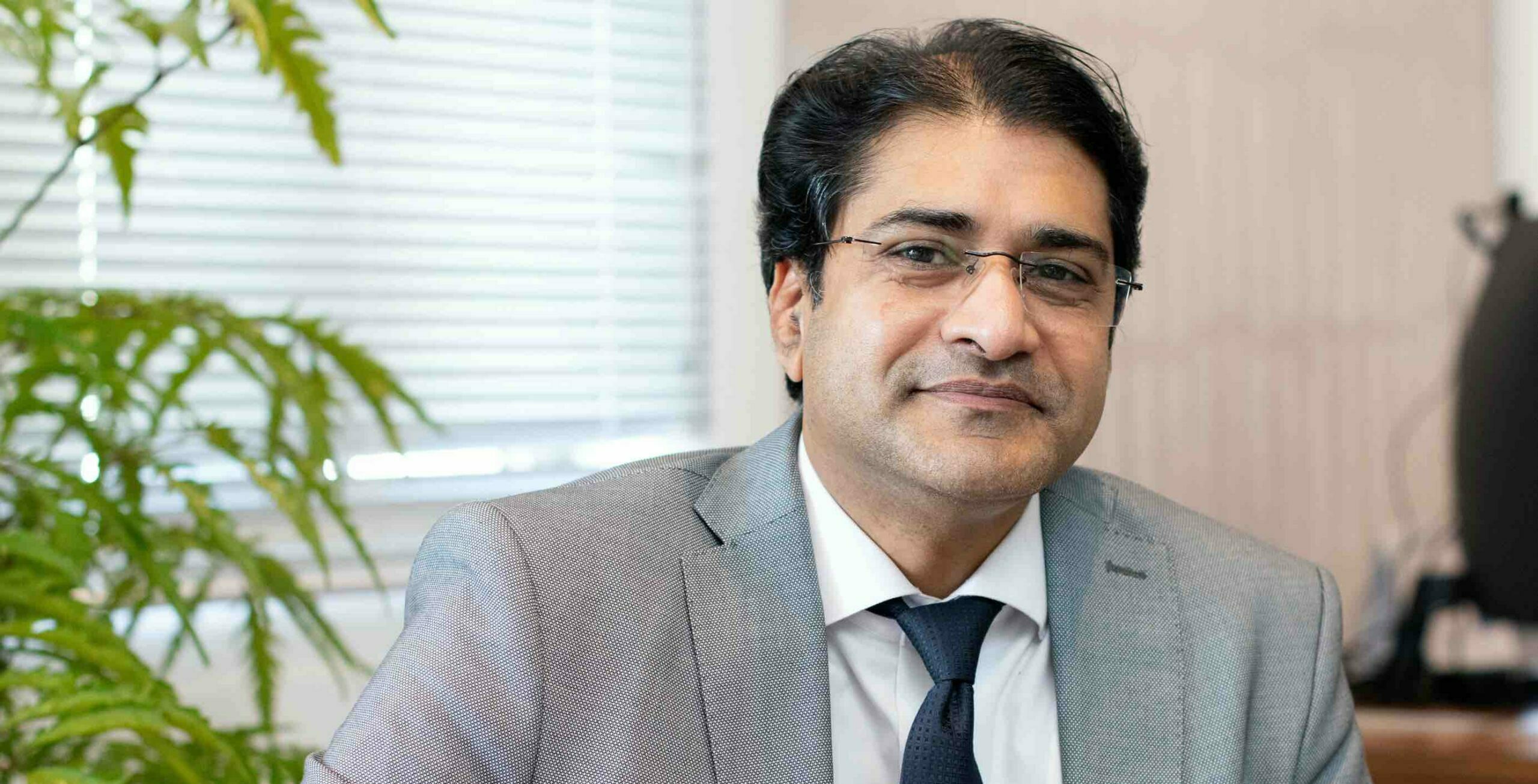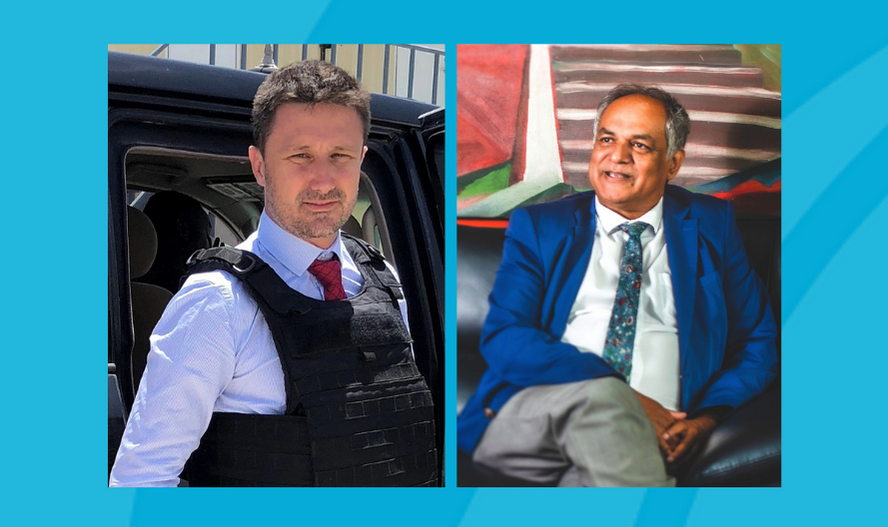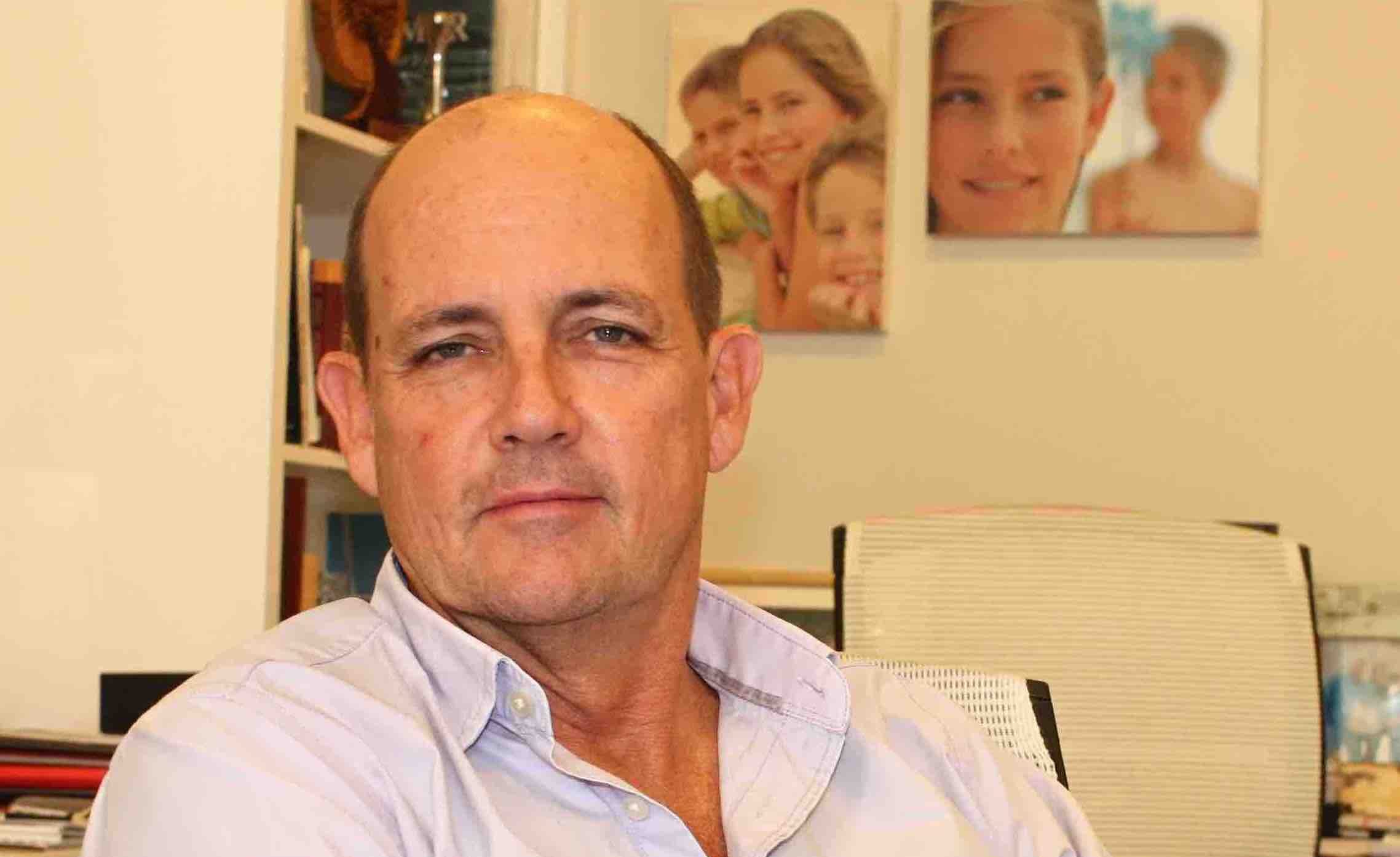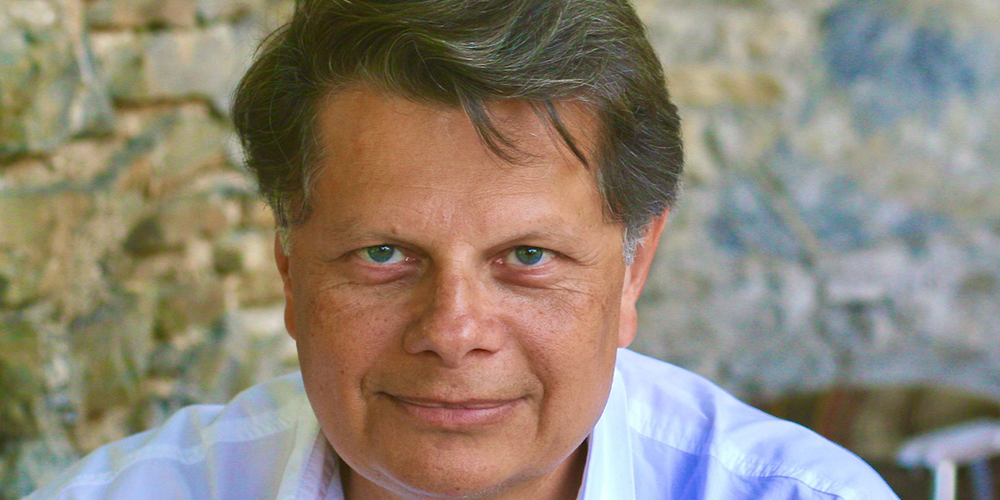The 17 Sustainable Development Goals, which are the subject of this edition, were adopted in September 2015 by the UN as part of the Agenda 2030. They define 17 priorities for socially equitable, environmentally safe and economically prosperous development by 2030.
Since that date, everything seems to have come to a head, and we all seem to hear nothing but talk. Yet who in our region really knows about these SDGs, and who applies them on a daily basis?
As we often repeat in the columns of our magazine, a good half of humanity, hungry and ready for anything, has no concern for forests and oceans, which are perceived as mere reservoirs of food and survival. It’s not for nothing that the latest United Nations report on the subject* stresses that “while the lack of progress (in achieving the MDGs, editor’s note) is universal, it is the world’s poorest and most vulnerable who suffer the worst effects of these unprecedented global challenges”.
In short, what can be done to halt both the spiral of poverty and the intrinsically linked spiral of planetary destruction?
Let’s make no mistake: while the “big” countries of the North (led by China and the USA) are the biggest emitters of CO2, those of the South, each in their own way, bear a heavy responsibility for the indiscriminate destruction of ecosystems. While the North is beginning to understand the situation (thanks to a combination of awareness-raising campaigns and direct and indirect fines), the countries of the South are a long way from doing so. For the vast majority of their populations, acronyms such as ODD or CSR are abstract notions because they can’t be eaten. Unless, under the influence of a few responsible companies and NGOs, a cause-and-effect relationship is quickly established between environmental protection and Mother Nature.
Nature. A few good examples of our compliance with certain SDGs, quoted at the end of the magazine, are there to reassure us and convince us that respect for ecosystems, and ongoing reflection on how to achieve greater circularity in our consumption patterns, can generate value, at least in terms of breaking out of the spiral of poverty.
It’s a sad fact: while traditional societies knew how to live in harmony with Nature, the accelerated acculturation to consumer society has caused them to lose the reference points that are now being relearned by the very people who disconnected them from it less than a century ago!
In the meantime, corruption and nepotism have taken over, accelerating acculturation and the loss of the good practices that once enabled people to live in harmony with nature.
Re-learn the good habits of our forebears.
Our Indianocean region, still seeking its bearings for harmonious development, is a veritable laboratory for economic and social experimentation. With its alternating poles of extreme poverty and great wealth, our regional survey promised to shed light on these issues. The main finding of this survey is the low level of participation in the barometer. According to Nathalie Job, who conducted this valuable study with Virginie Villeneuve, this was due to a lack of information. Here too, the findings are cruel: while major groups are well aware of the situation and are taking action to achieve the MDGs, SMEs and VSEs are more often than not “holding their noses” in order to survive, when they’re not the victims of administrative and accounting harassment that forces them to never stop working. In this context, how can they hear about the SDGs and learn the good practices associated with them?
In short, these 17 SDGs are like lifelines thrown into a human tide that doesn’t yet know the codes.
*Sustainable Development Goals Report – Special Edition – July 2023.


